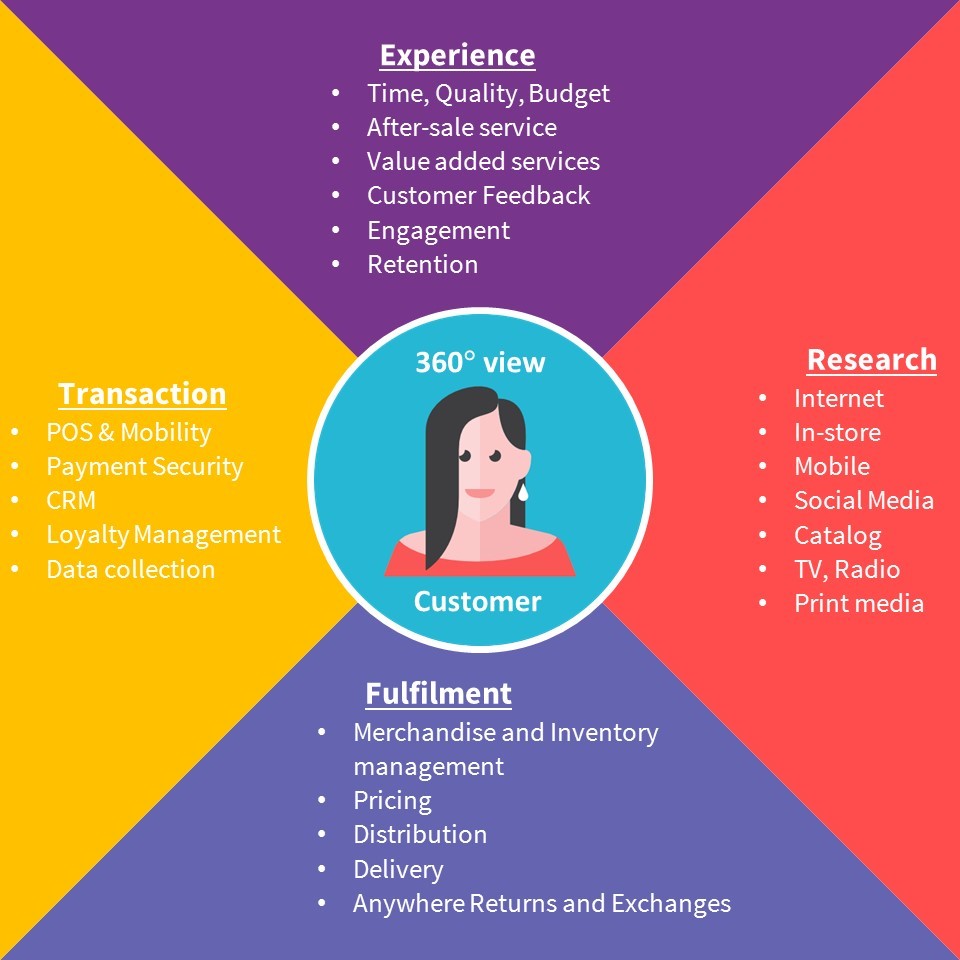
Mobile devices, the offspring of inspiring technology have been a revolution since their inception and continue to undergo further evolution with the daily advancement in technology. Even today, there is something new happening every year when it comes to mobile technology. The number of mobile users has also increased exponentially over the last few years. Mobile devices have penetrated into the lives of the masses and have percolated to an extent where the first thing most people do when they wake up is check their mobile phones. Such is the power and influence of this technology that it has disrupted many industries and the retail sector has been the one to feel it the most.
The mobile disruption in retail has given rise to a new breed of shoppers who are commonly known as ‘mobile shoppers’. These are the kind of customers who are always on the go and their mobile phone is their go-to device to cater to most of their activities including shopping. As mobile penetration increases further, so will the number of mobile shoppers and retail businesses must be able to grab a share of this incremental customer base. Below are 4 sure-shot ways retail brands can attract mobile shoppers:
- Mobile channel for shopping: Retail organizations must ensure proper integration of mobile commerce or m-commerce into their business. This acts as an additional channel for retailers to extend their reach as well as be available to shoppers’ on-the-go. Some ways of implementing mobile commerce would be by having a mobile friendly/responsive shopping website or downloadable mobile apps.
- Mobile engagement: Another technique by which retailers can expand their brand presence and reach larger audiences is by planning and implementing engagement strategies to cater to their mobile customers. There are various avenues that retailers can use such as mobile ads, sms, calls, and more to be on top of their customers’ and prospects’ minds.
- Mobile payments: Revolutionizing the traditional payment methods through secure mobile payments is something retail companies must certainly consider. As mobile shoppers are highly mobile savvy, allowing them to pay using their handheld devices will be much appreciated by them as it enhances the payment experience while shopping.
- Mobile based geo-marketing: Location based marketing is an excellent opportunity for retailers to promote their brands to mobile shoppers. Mobile devices have made it easy for retailers to enable shoppers to locate the nearest store or to send them notifications about the new or promotional offers within a particular region.
Consumers are increasingly spending more time on their mobile phones and an increasing number of shoppers are turning to mobile before any other channel. In order to make the most of this scenario, retailers must use the right mobile technology and think of ways to create and deliver lasting ‘mobile first’ experiences.



